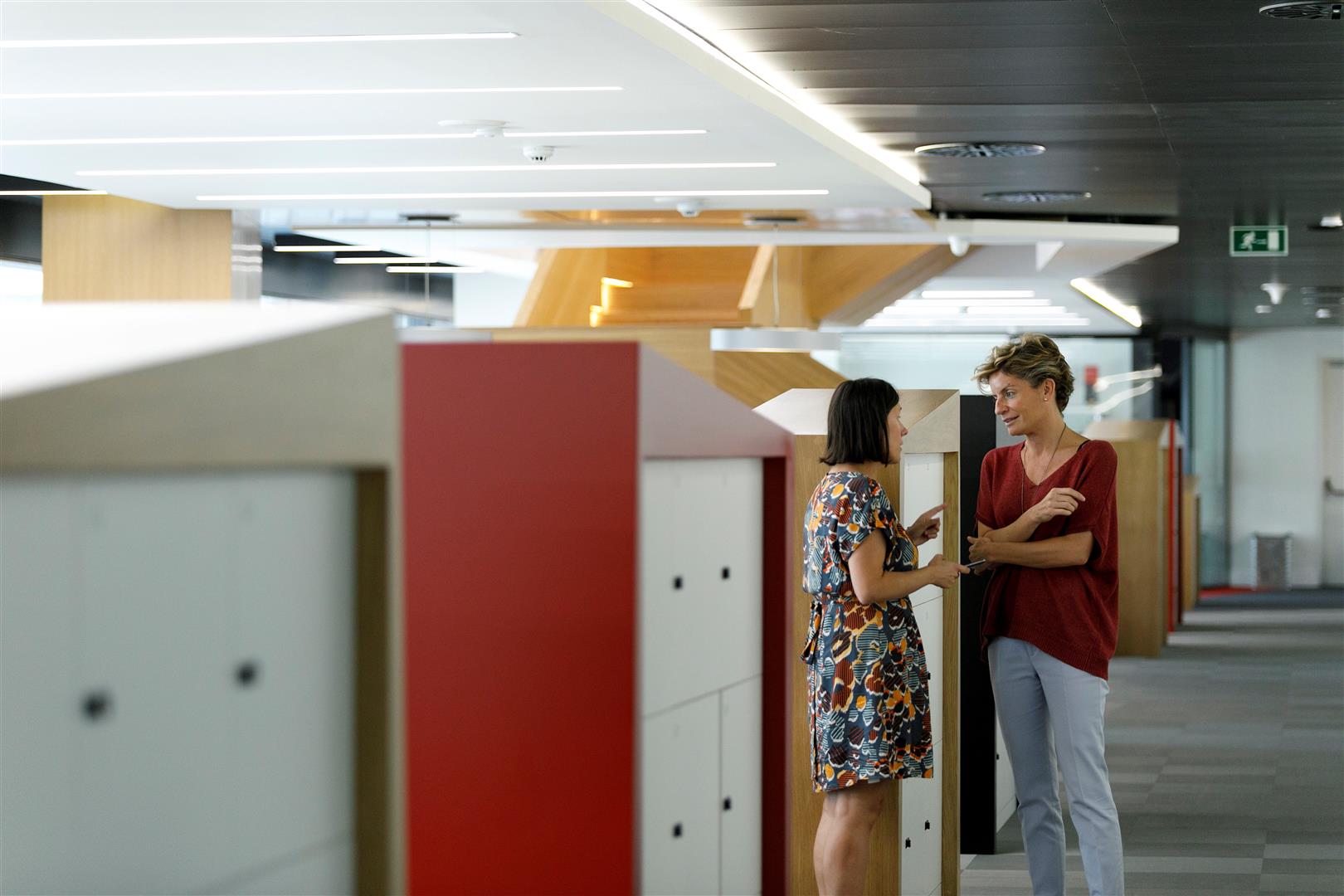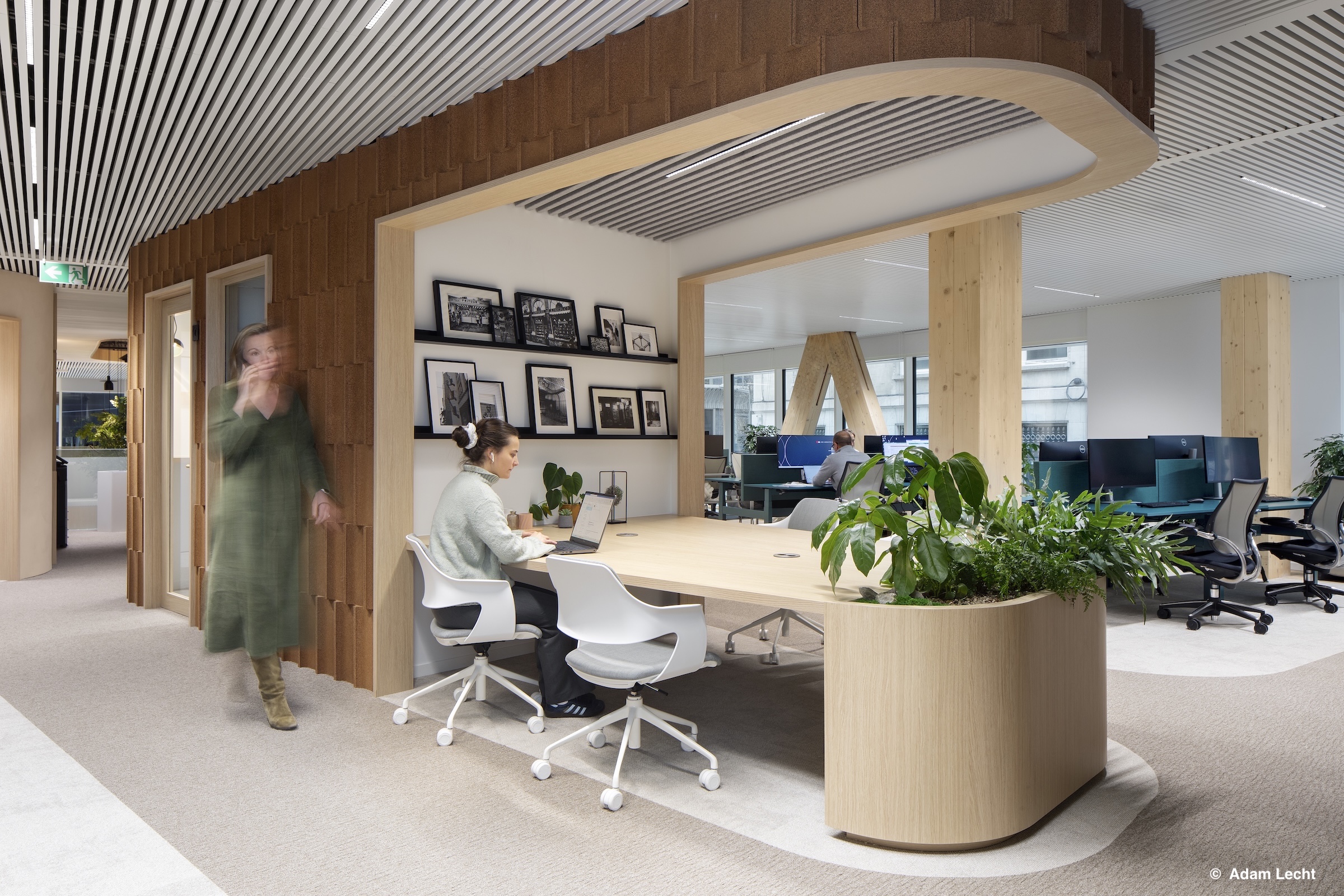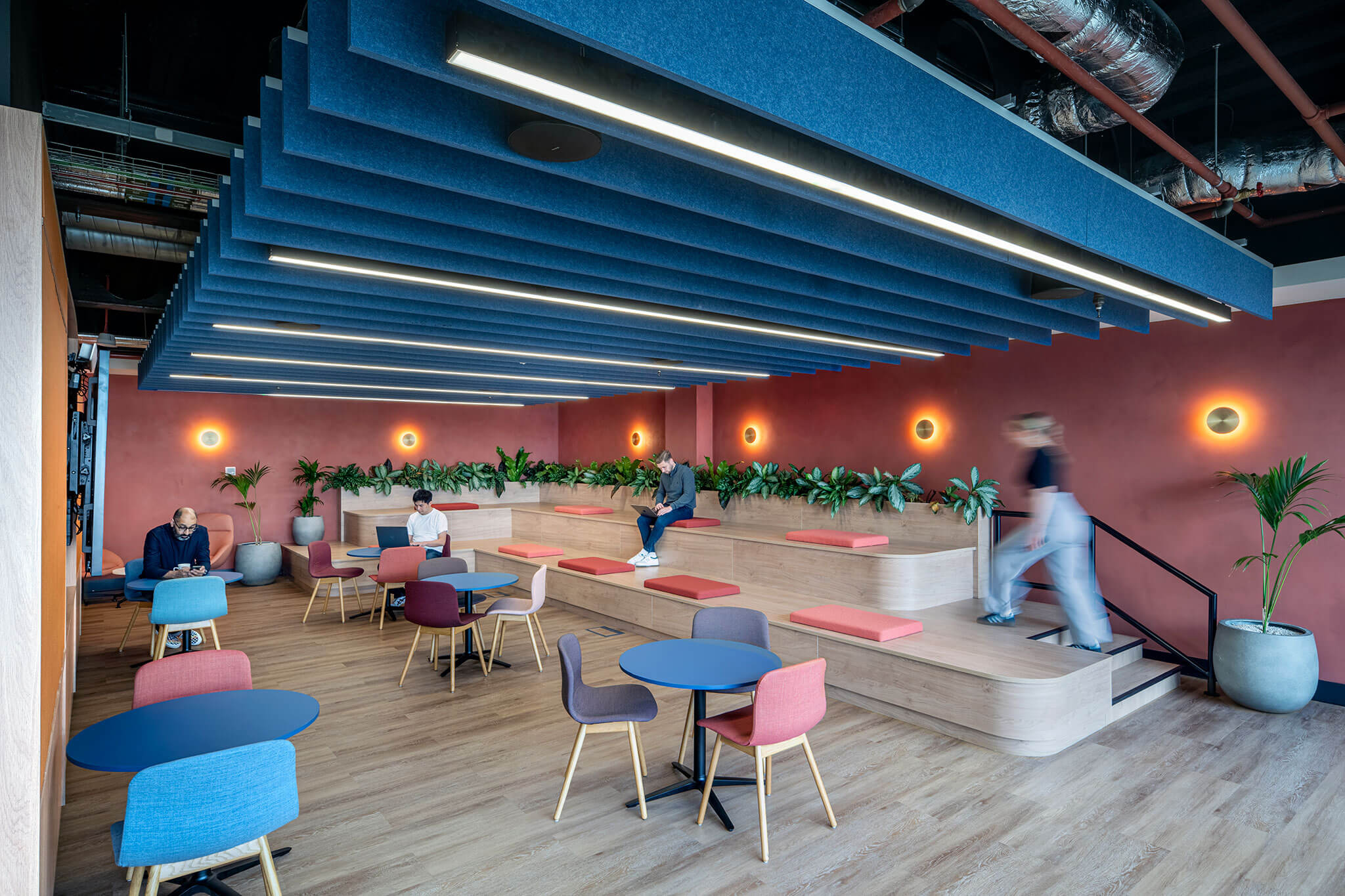Getting your staff to really understand the importance of Health and Safety may be an uphill task, but if you can build a positive health and safety culture across your entire business, the benefits will stretch beyond regulatory compliance.
In conversation with Patrick Hailstone, QHSE Manager and HSE Process Improvement Manager for Tétris EMEA:
Tell us about your role and background:
I have been working at Tétris since late 2018, I am the Quality, Health, Safery and Environmental Manager for our operations in the United Kingdom and in 2021 was appointed as Health Safety Environment Process Improvement Manager, for all our countries where Tétris operates. In early 2022, I was promoted and appointed as Tétris EMEA HSSE Lead.
Can you tell us about Tétris’ commitment to health, safety and security?
A full suite of HSE policies and procedures has been created for Tétris and complies with the requirements of ISO 45001 and other accreditations, as well as our JLL group overarching policies. There are two main policy statements – one for Health and Safety and another for Sustainability and Environment – which have both been approved by our CEO. These align with our safety culture and assist us to gain external certifications such as Alcumus SafeContractor in the United Kingdom.
What have been highlights of our health and safety progress in 2021?
I guess the main achievement over the last two years has been the production of the policies and procedures and the creation of a Tétris EMEA HSSE team with individuals from all our countries. Whilst members of the team may be the official face of safety within Tétris, it is the people on the ground, predominantly on our construction projects, who lead the way. They implement the policies, provide information where requested and suggest improvements where necessary. In 2021, Tétris also took part in a Global Safety Week which helped raise awareness of safety in our teams.
Paperwork means nothing if your workforce is not involved. You can have all the right systems and procedures in place, but these will only be as effective as the people on the ground. While the responsibility may officially fall to your nominated healthy and safety representatives, everyone should be taking ownership of their own safety, as well as the safety of others.
A healthy safety culture
If a CEO is vocal about his commitment to a safe environment at work, this message will naturally filter down through the organisation. It’s about investing in awareness, education, training and involvement. Your business may have one appointed safety officer, but imagine the power if everyone is keeping an eye on good practices? In a simple example, you notice the wiring on an office plug is loose. Don’t wait for it to short the building, unplug it and report it. Research proves that 99% of workplace incidents are preventable. Making everyone accountable is how you build good safety habits and achieve maximum benefit.
Banish the big-stick approach
Health and Safety regulations need to be dynamic, and it’s more than what you can’t do. By hosting interactive sessions with your employees, you can identify negative situations and discuss the best ways to solve them together. Yes, some rules are set in stone, but it is possible to design tailored health and safety solutions and still stay within the guidelines. If people are involved in the decision-making, they are automatically better at implementing the outcome.
Understanding leads to acceptance
Open discussions also help a broader audience to appreciate why certain health and safety rules are in place, and the repercussions if something goes wrong. For instance, a no-smoking ban on the office balcony is ignored at the ‘Friday after-4 social session’, with a mentality that rules only apply to office hours! If it was explained that standing a few steps away from non-smokers doesn’t protect them from the toxins and that the cigarette butts are littering the garden below, most people will be willing to acknowledge and accept the rule.
Safety moments
There is a global trend on work sites around the world where project meetings begin with a ‘safety moment’ before getting into the nitty gritty of the tasks at hand. Topics can range from ladder safety to taking precautions against heat exhaustion, with the aim to push the subject of meaningful and relevant safety experiences.
Health and safety is not something that should be taken for granted. It’s everyone’s business. By increasing awareness to create a culture of safety, you can add enormous value, as well as recognise and control workplace hazards.



